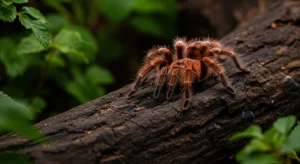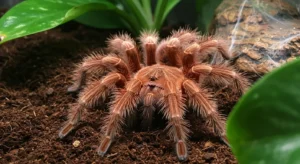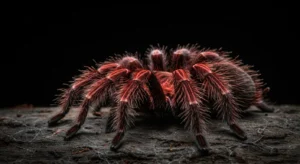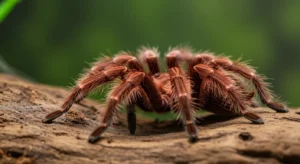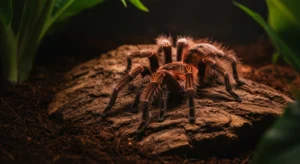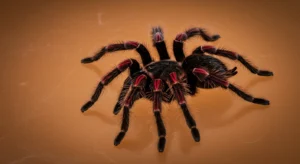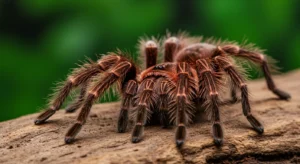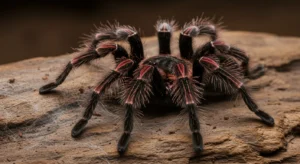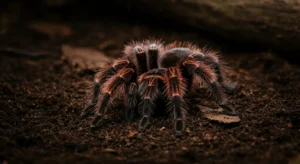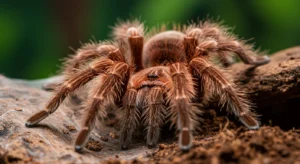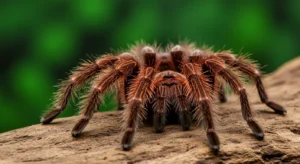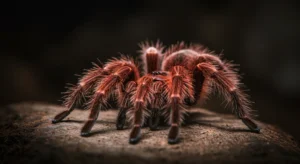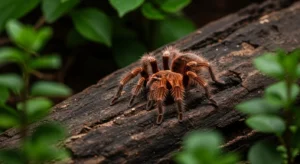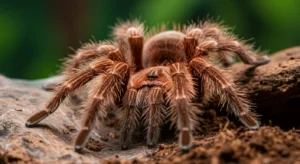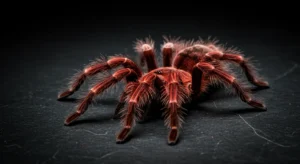Chilean Rose Tarantula Growth Stages: What to Expect as Your Pet Develops
Introduction: From Sling to Adult
Owning a Chilean Rose Tarantula (Grammostola rosea) often means starting with a tiny spiderling and watching it grow over several years into a robust adult. This process occurs through a series of molts, with distinct changes in size, appearance, and sometimes behavior at different life stages. Understanding these growth stages helps keepers provide appropriate care and appreciate the developmental journey of their pet.
Spiderling (Sling) Stage
- Size: Tiny, often 1/4 to 3/4 inch (0.6 – 2 cm) diagonal leg span (DLS).
- Appearance: May look quite different from adults. Often less hairy, sometimes with different patterning or coloration that fades with subsequent molts. Their proportions might seem ‘leggy’.
- Behavior: Primarily focused on eating and hiding. They are fragile and require smaller enclosures with slightly higher humidity than adults to aid molting. They will molt relatively frequently (every few weeks to couple of months).
- Care Focus: Providing a secure micro-habitat, readily available tiny prey (like flightless fruit flies or pre-killed pinhead crickets), and maintaining adequate moisture.

Juvenile Stage
- Size: Roughly 1 inch to 3 inches (2.5 – 7.5 cm) DLS.
- Appearance: Begins to resemble the adult form more closely. Coloration and hair density increase. Sex characteristics are not yet apparent externally.
- Behavior: Becomes slightly bolder, may spend more time outside the hide. Establishes a more defined territory within the enclosure (which still should be appropriately sized, not adult-sized yet). Molting frequency slows down (every few months).
- Care Focus: Upgrading enclosure size as needed, offering larger prey items (small crickets, roaches), maintaining appropriate humidity, and providing a shallow water dish. Observing tarantula molting stages becomes easier.
Subadult Stage
- Size: Approximately 3 inches to 4.5 inches (7.5 – 11 cm) DLS.
- Appearance: Looks very much like an adult, but sexual characteristics may not be fully pronounced yet. Males might start showing hints of tibial hooks or smaller abdomens.
- Behavior: Behavior generally similar to adults, though perhaps slightly more active or skittish than a fully mature individual. Molting occurs less frequently (perhaps once or twice a year).
- Care Focus: Transitioning to an adult-sized enclosure if growth warrants, providing adult-sized prey, ensuring deep enough substrate for potential burrowing, and maintaining adult husbandry parameters.
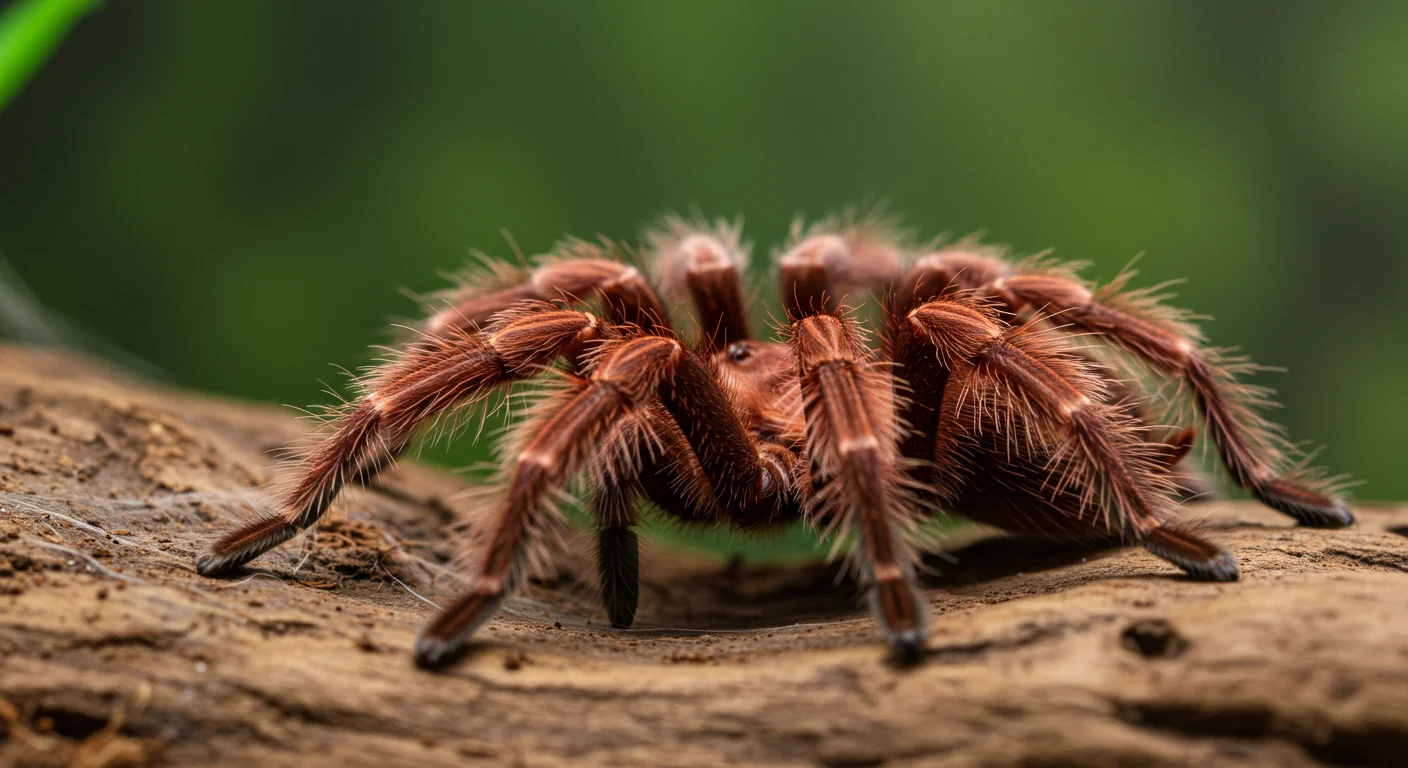
Adult Stage
- Size: Typically 4.5 to 5.5 inches (11 – 14 cm) DLS, potentially up to 6 inches. Females are generally stockier with larger abdomens than males.
- Appearance: Fully developed coloration and features. Mature males will have visible tibial hooks (spurs) on their front legs and enlarged pedipalp bulbs (emboli) used for mating. Females lack these hooks and have a more rounded appearance.
- Behavior: Generally settled and less prone to rapid changes unless environmental conditions shift. Females molt infrequently (annually or less) primarily for repair, while mature males typically do not molt again and focus on finding a mate, often becoming very active wanderers.
- Care Focus: Maintaining stable, long-term husbandry. Monitoring appetite (adults, especially females, may fast for long periods). Providing appropriate conditions for potential breeding if applicable (males).
The study of arachnid development, or Arachnology, provides deeper insight into these life stages.
Molting: The Growth Process
Growth only occurs during molting (ecdysis). Before a molt, the tarantula may refuse food, become lethargic, and develop darker, duller colors. The molt itself involves the tarantula lying on its back (usually) and shedding its old exoskeleton. Afterwards, it is extremely vulnerable until the new exoskeleton hardens (days to weeks).
Factors Influencing Growth Rate
- Temperature: Warmer temperatures (within safe limits) generally speed up metabolism and growth rate.
- Food Availability: Frequent feeding promotes faster growth than infrequent feeding.
- Sex: Males often mature faster than females.
- Individual Variation: Some tarantulas just naturally grow faster or slower than others.
Chilean Rose Tarantulas are known for being relatively slow-growing compared to some other species. Reaching full adult size can take several years (e.g., 3-7 years depending on factors above).
Conclusion: A Fascinating Journey
Watching a Chilean Rose Tarantula progress through its growth stages, from a vulnerable sling to a mature adult, is one of the rewarding aspects of keeping these animals. Understanding the changes in size, appearance, behavior, and care needs at each stage allows keepers to provide the best environment for their pet throughout its long and fascinating life cycle.
General information on arachnid development sourced from Wikipedia contributors, “Arachnology,” Wikipedia, The Free Encyclopedia, (accessed [Current Date]).
